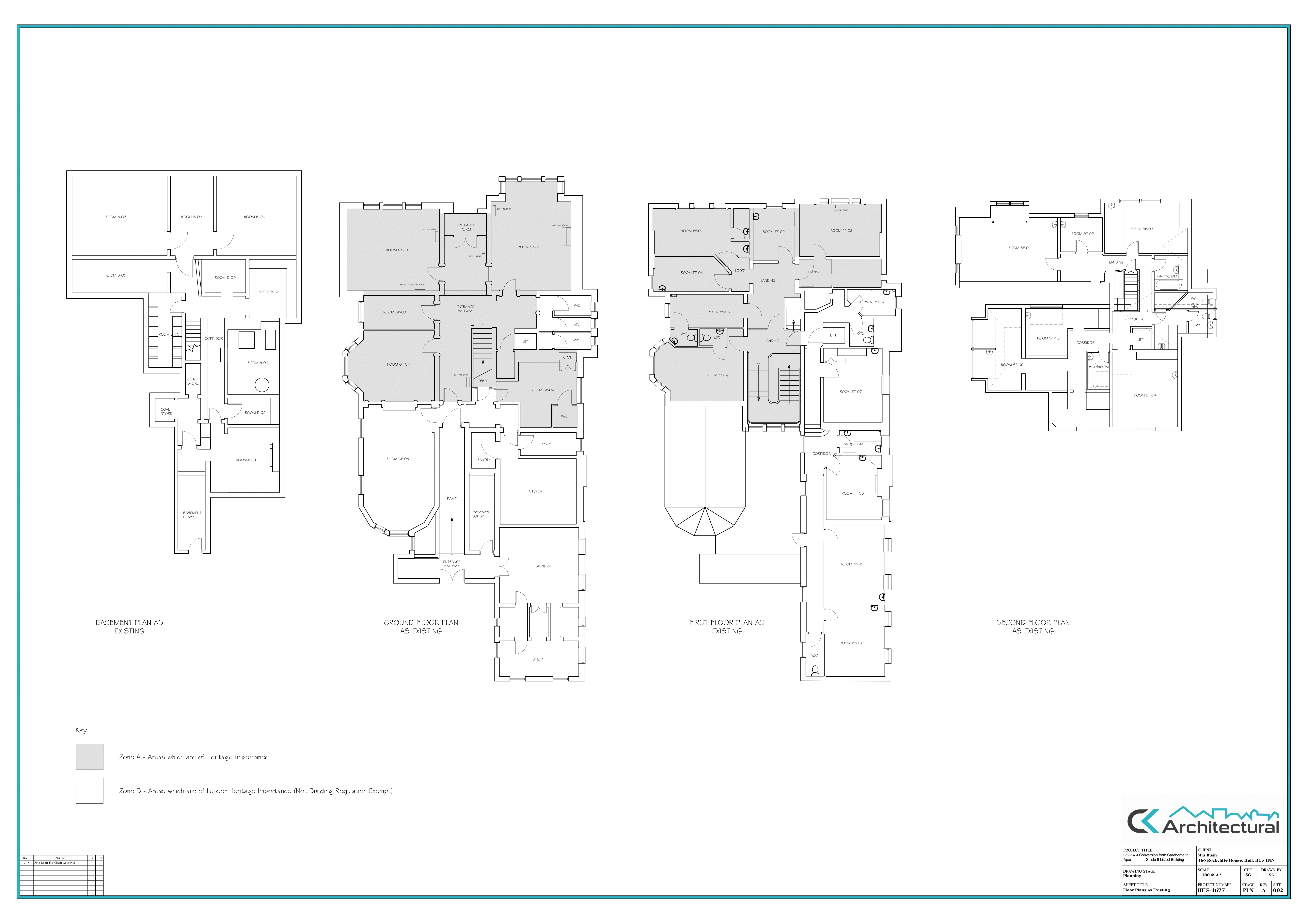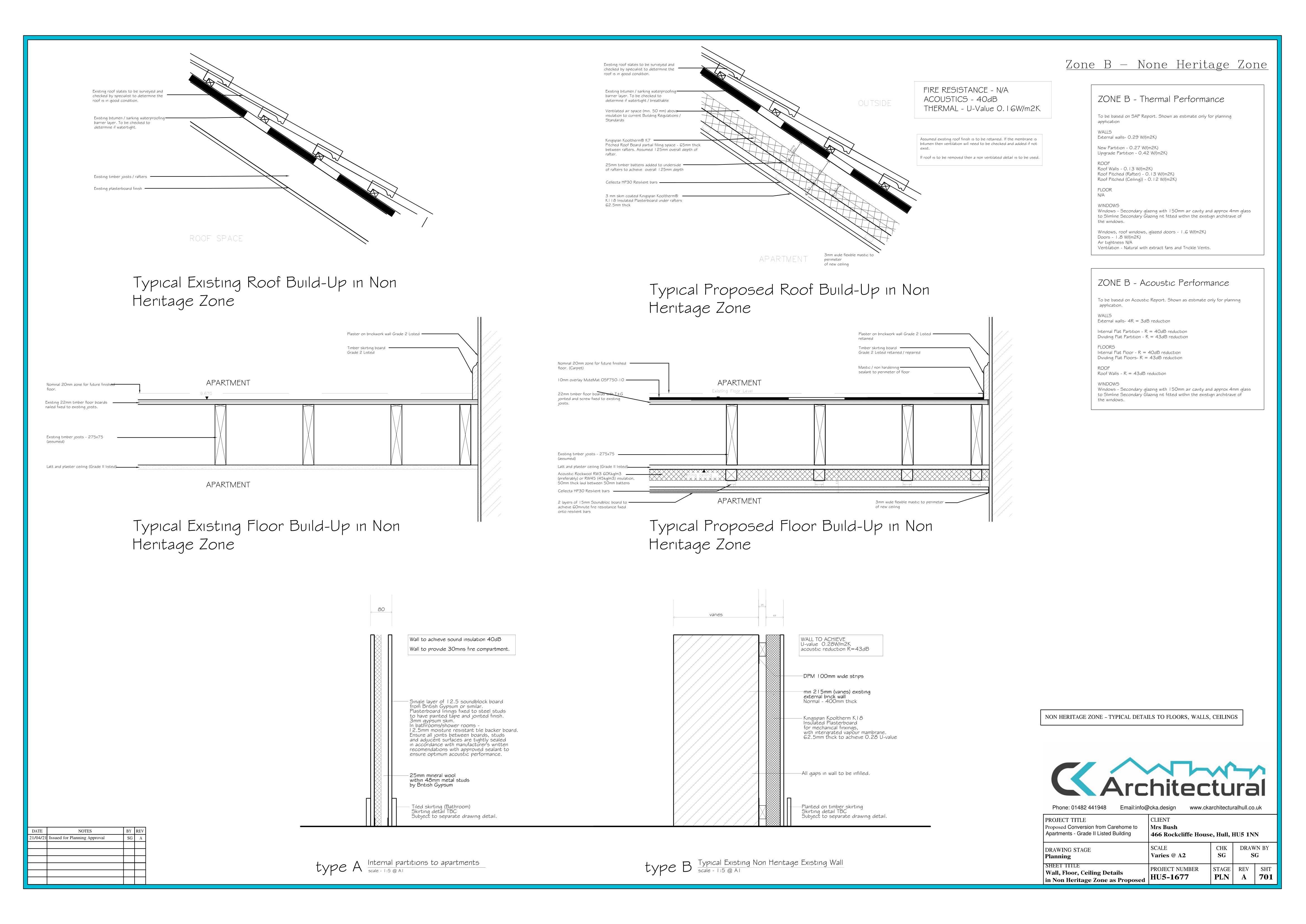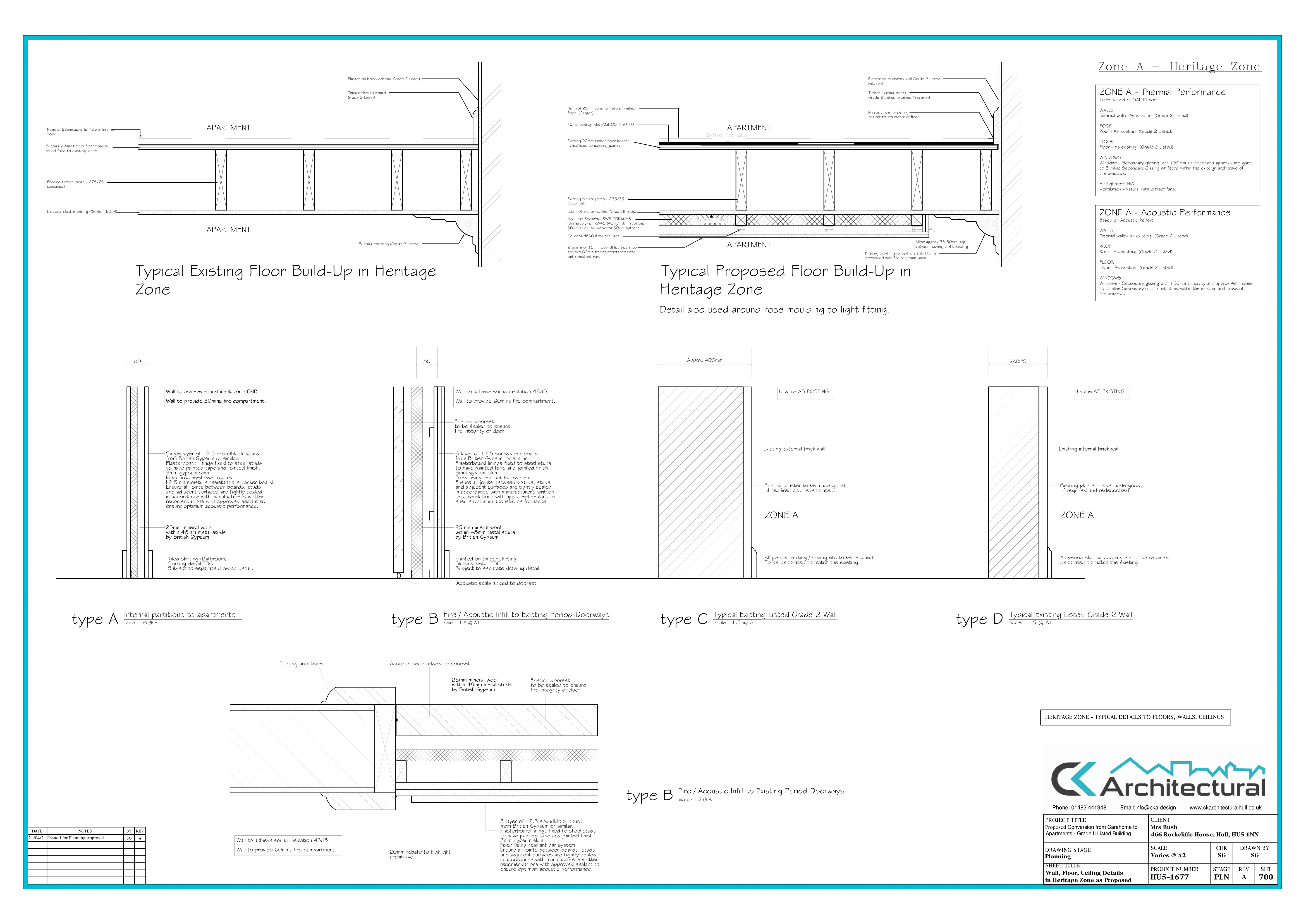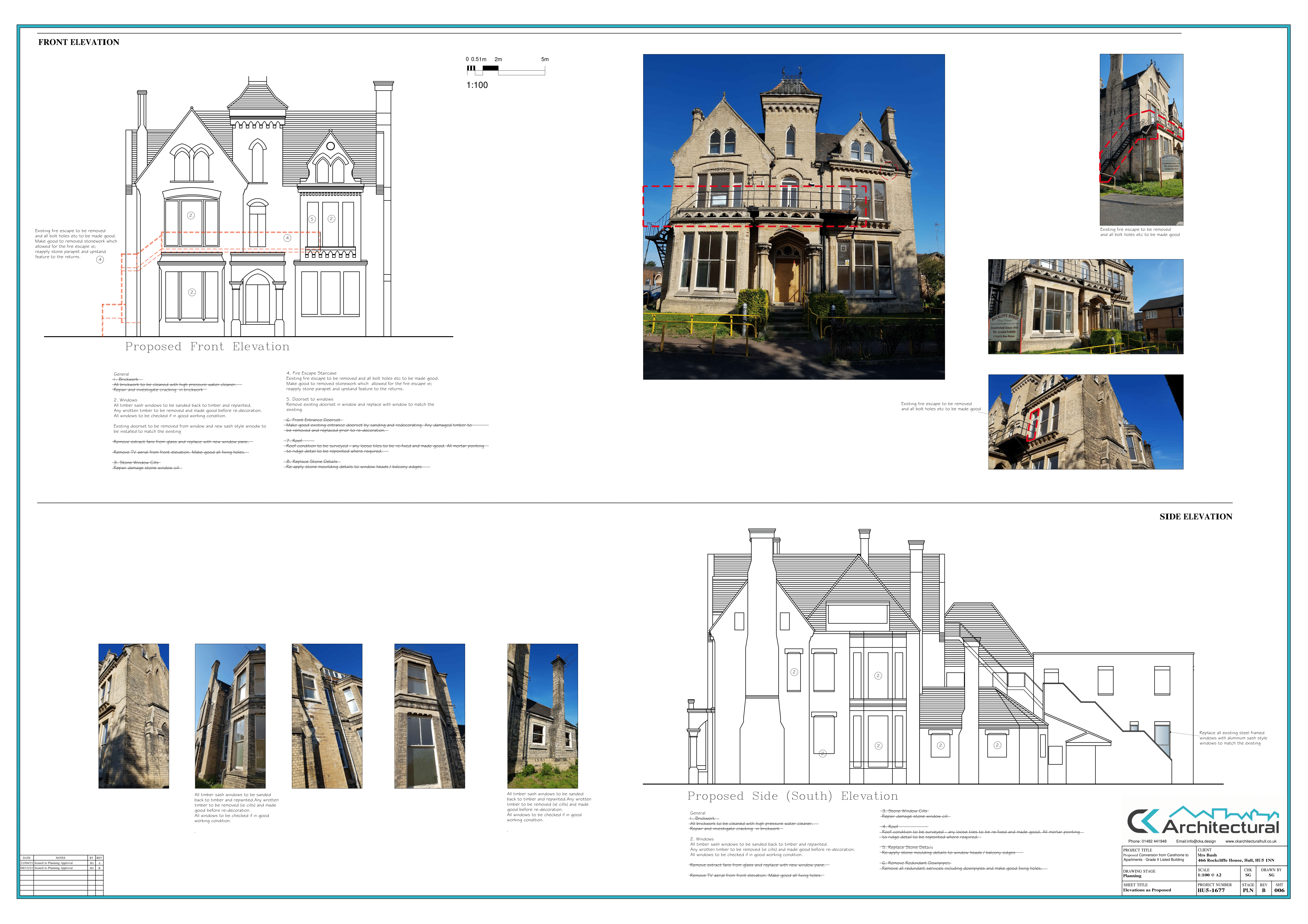Listed Building Consent across the UK by expert architectural designers
Listed Building Architects
The UK is fortunate to have a long and rich history of architecture and construction. As a result, many buildings with significant heritage and architectural value are protected by law. At CK Architectural, we have extensive experience working with heritage assets and listed buildings across the UK.
Our team understands how to research, survey, record, and present the required information through clearly illustrated drawings and carefully prepared heritage statements. We are passionate about building history and are committed to respecting both our clients’ needs and the importance of preserving Britain’s built environment and architectural heritage.
CK Architectural
How do i get started with my project? View our tried and tested 5 step process!
Concise Surveys, Drawings, and Documentation
Listed buildings require considerably more time and thought before any renovation or development can take place. Most changes cannot be made without listed building consent, and unauthorised works can lead to severe enforcement action, including significant financial penalties.
Types of Listed Buildings
Grade I Listed Buildings
Grade I buildings are of exceptional national interest and are the most strictly protected. They make up around 2.5% of all listed buildings and typically include castles, cathedrals, palaces, stately homes, and historic municipal buildings.
Applications involving Grade I buildings generally require in-depth input from a heritage consultant with expertise in the era, architectural style, building materials, historical context, and social impact of the building.
Grade II* Listed Buildings
These buildings are considered particularly important and of more than special interest. They may not have the grandeur of a palace, but their impact on the visual and historical character of the surrounding area is highly significant.
A planning application for a Grade II* listed building must consider not only the physical changes but also the broader environmental and historical context. English Heritage listings provide guidance, but all features — including fixtures, fittings, and architectural detailing — must be accurately recorded and assessed.
Grade II Listed Buildings
Grade II listings make up the vast majority of protected buildings. It is a common misconception that only the external features are protected. In reality, internal features and even elements not explicitly mentioned in the listing may still require consent before alterations can take place.
Any works that alter the character or historic fabric of the building, internally or externally, may require listed building consent.
How to Apply for Listed Building Consent
There is no fee for listed building consent, but it often forms part of a wider householder or planning application, which in turn triggers the requirement for listed building approval. These applications are handled by a planning case officer, who will consult with the local conservation officer and may seek comments from organisations such as Historic England, the Society for the Protection of Ancient Buildings, the Tudor Society, or local archaeological groups.
In many cases, heritage design statements or specialist reports will be required. This might involve engaging heritage consultants, conservation architects, or listed building surveyors.
For more sensitive applications, we recommend seeking pre-application advice. This allows early engagement with the conservation officer and other relevant specialists, helping to identify the nature of the listing, the level of protection involved, and the types of evidence required. Although Historic England provides listing details, they are not always complete or comprehensive.
Computer based software such as AutoCAD, SketchUp and other products produced by a variety of publishers are used in creating architectural renderings suited to most budgets and time frames.
We have experience with a vast range of projects, from creating illustrations for small projects to large scale master planning illustrations.
Do Listed Buildings Have Permitted Development Rights?
Generally, no. Most permitted development rights are removed for listed buildings. However, some minor works, such as pruning bushes or internal decorations that do not affect listed features, may not require consent.
Any works such as extensions, changes to windows or doors, or external alterations are likely to require both planning permission and listed building consent. Internal changes that do not affect original features may be possible without formal approval, but we strongly advise seeking expert advice before removing or altering anything historic.
Building Costs for Renovating Listed and Heritage Buildings
The cost of renovating listed or heritage buildings is often difficult to predict. Cost overruns are a common concern, especially if the original structure conceals hidden defects. A deep understanding of traditional construction methods is vital for keeping costs under control.
For example, materials like lime plaster can be several times more expensive than modern alternatives. Understanding the historical construction, especially in Tudor or medieval properties with hidden chambers or irregular timber framing, is essential when estimating costs and preparing a realistic budget.
What's Next?
CK Architectural’s listed building specialists offer free initial advice by phone or video call. For more sensitive or complex projects, we recommend a face-to-face meeting and site visit. In most cases, we advise starting with a heritage feasibility study, which allows us to engage with the local conservation officer, review the Historic England listing, and examine any relevant planning history.







